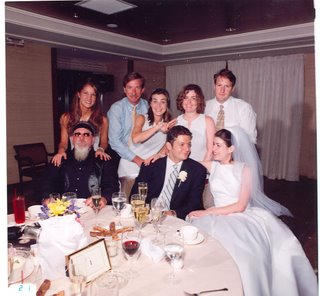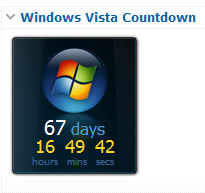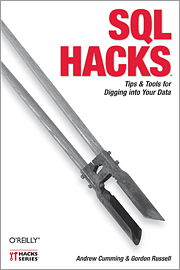 So here we are 9 years later. We are still married have 3 kids and bought our second home this year. So let me give you a little background of how I met my wife etc etc. I met my wife in a bar on the upper eastside in New York City.
So here we are 9 years later. We are still married have 3 kids and bought our second home this year. So let me give you a little background of how I met my wife etc etc. I met my wife in a bar on the upper eastside in New York City. I don’t remember the name of the bar but I do remember that we went to Elaine’s for a drink and also to a place named the Cowboy Bar. Fast forward to the wedding date; we got married twice first at City Hall on December 11th and then we did a church wedding on August 15th (the pictures are from that day) We did the December wedding separately so that we could start my Green Card process; my wife is a third generation Italian-American but I had Dutch and Croatian citizenships.
The wedding was 1 block from were we lived. My wife (to be) spent the night in a hotel with her sisters. The wedding started at 3; I was still rollerblading till 2:30 in Central Park. I took a shower got dressed and walked to the church (which was 1 block from my apartment)
5% of the wedding guests did jail time.
The reception was held at the Kitano Hotel which is located at 38th and Park Avenue. I did not have a huge wedding only 65 or so family members and some of our closest friends were invited. Out of those people there were 3 who did some jail time. One of them is Brendan who was the head of the NYC Hells Angels chapter at that time.

Another was brought by a friend and the last one was a friend of mine who did jail time because he beat up a cop. The Hells Angel did not dress up of course, if you look at the picture you can see me next to my wife. The other picture is me and my wife on the roof. The reception had 2 huge balconies; one was facing the Empire State Building and the other one was facing the Chrysler Building. The good thing when having your wedding at a hotel is that you can just walk to your room.

Honeymoon in Hawaii
So after the reception we had two days to get ready for the honeymoon. We did our shopping and on Monday night we went to China Club with out friend from Europe. China Club is the place to go to on Mondays; you can always spot some model or one of the Yankees or Knicks there. The next day we went to Maui and Kuai. I have said many times to my wife that I want to go back to Hawaii once before I die…. Maui and Kuai were beautiful places to spend your honeymoon; if you are into playing golf, surfing, hiking, snorkeling then there are lots of things to do here. Jurassic Park was shot in Kuai and once you arrive in Kuai you will recognize the green scenery right away
After the honeymoon
Once you are married don’t have kids right away; your live will change and you won’t be able to do anything for a while. So that is what we did; we waited 4 years to have kids. We visited Paris and Amsterdam and bought a house near Princeton before having our first son Christian. Then my wife became pregnant with twins and we had to sell our house and buy a bigger house. If owing you house is the American Dream then selling and buying your next house has to be the American Nightmare; what a stressful situation. After that ordeal I said that the next time I move will be in one of those 55+ community houses (I still have about 20 years to go). So today we live in Princeton and we have Catherine and Nicholas to keep us awake at night.
Traditions
My wife and I usually buy our Christmas tree on our anniversary. In the city we would pick up a Charlie Brown on 2nd avenue and 79th street; out here we go to the farm and chop down our own. Somehow my wife thinks it is also a tradition to watch Serendipity; if I have to watch a movie with Kate Beckingsale I prefer Underworld but hey you have to be nice on your anniversary….
BTW I still fit in my wedding suit, the tailor was wrong ;-(



